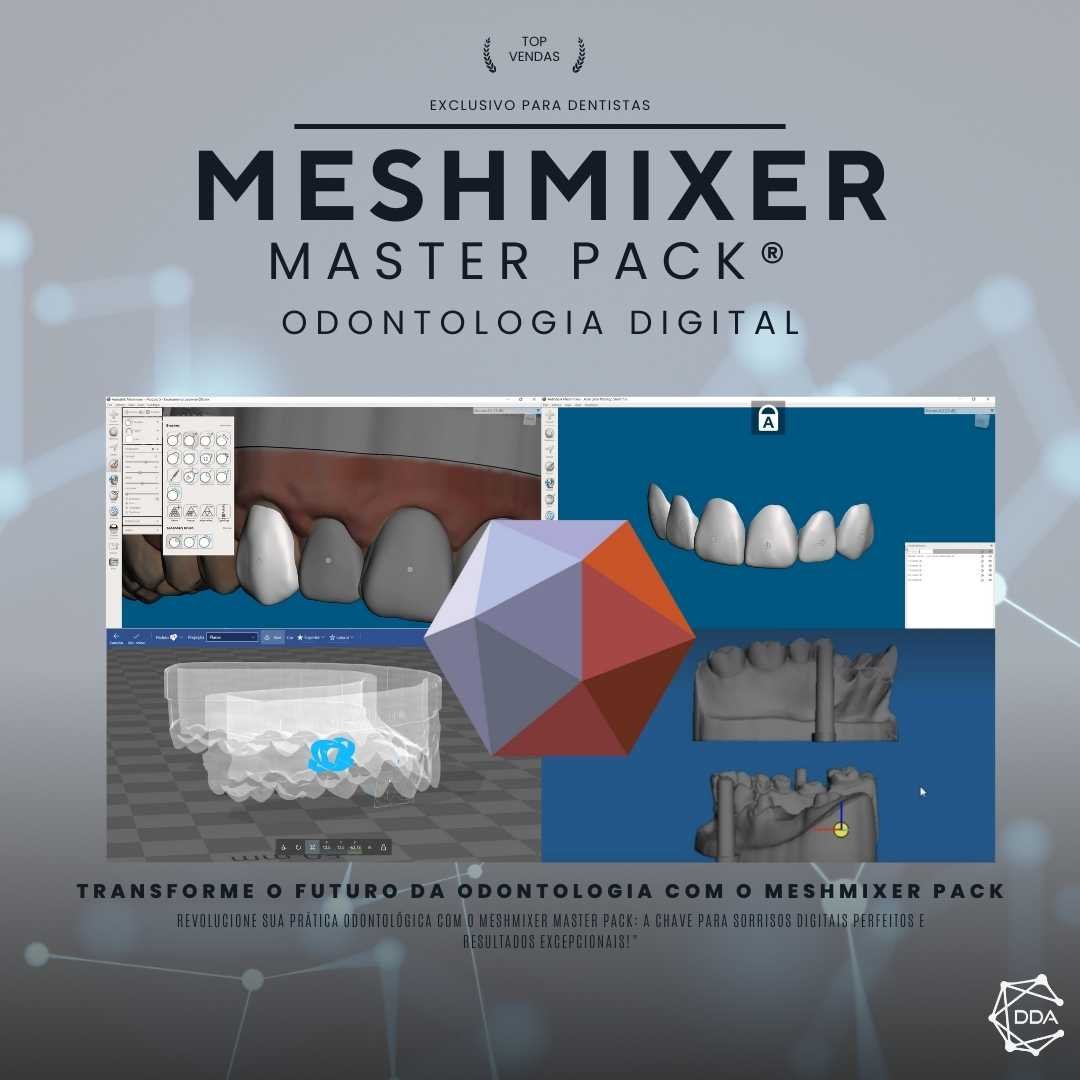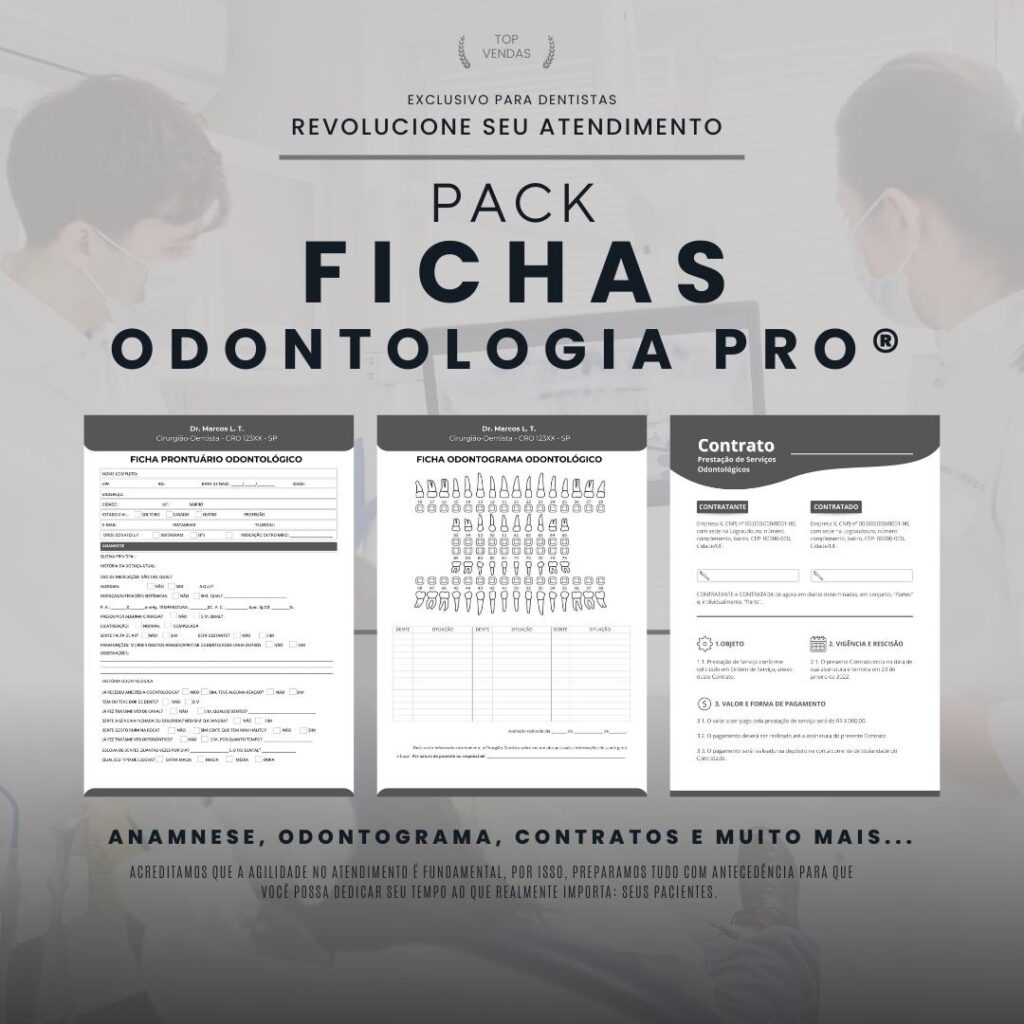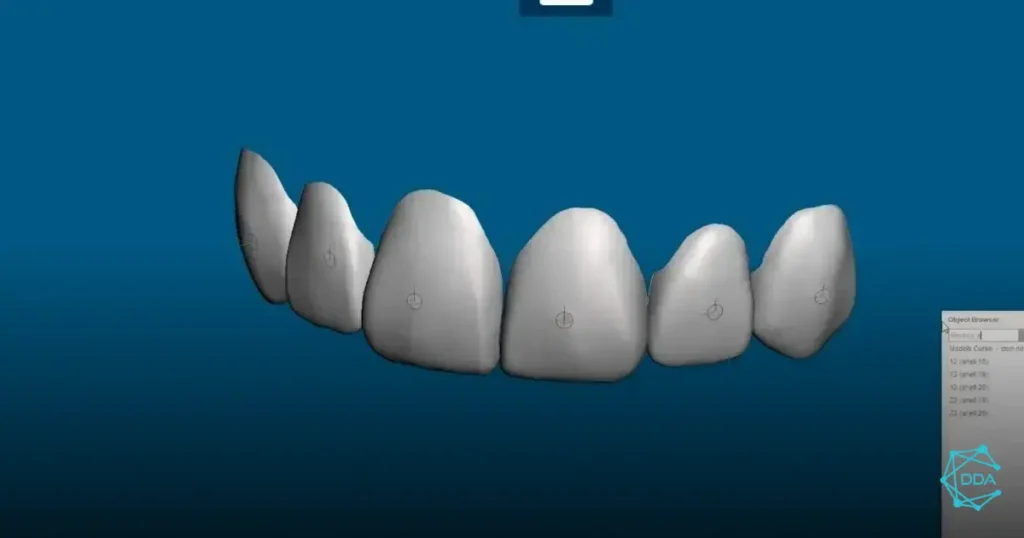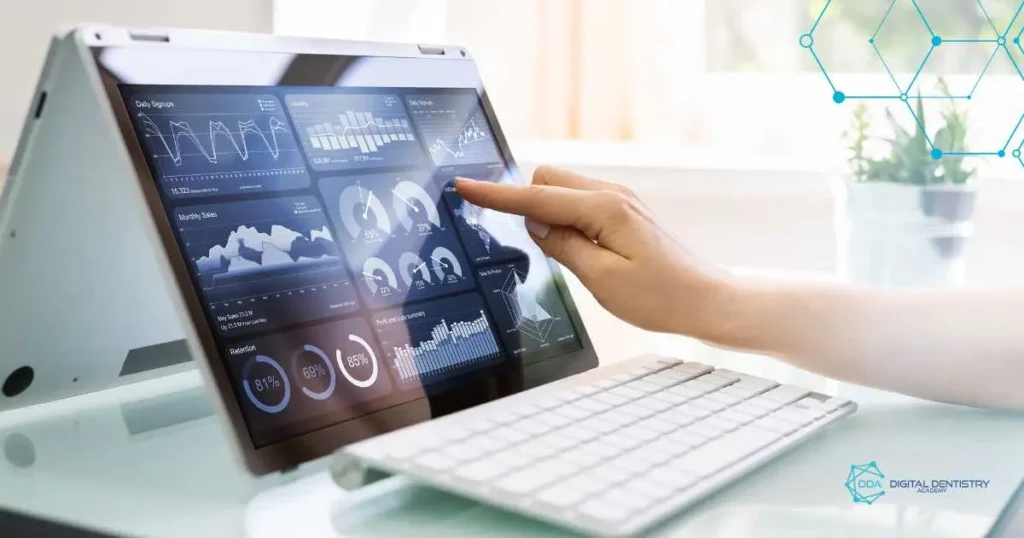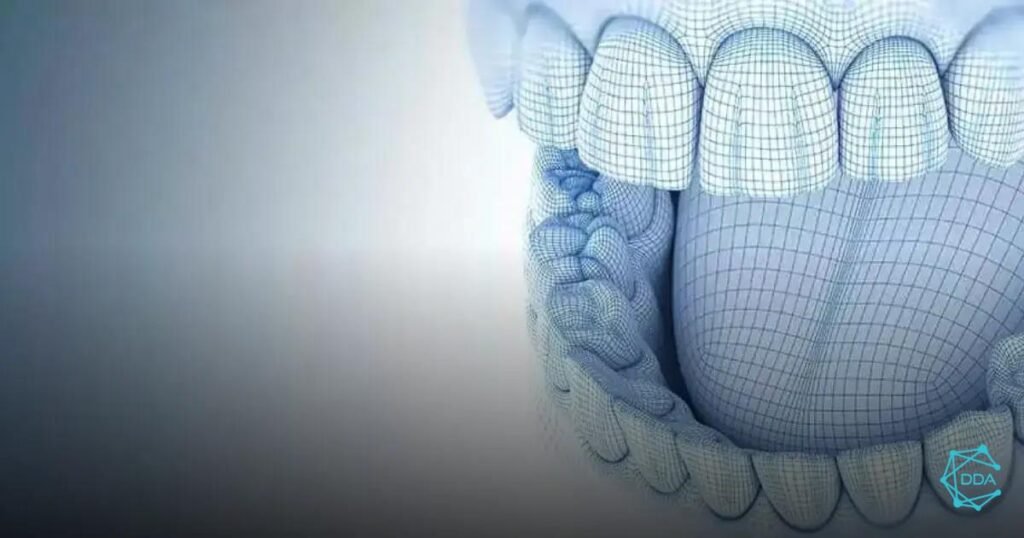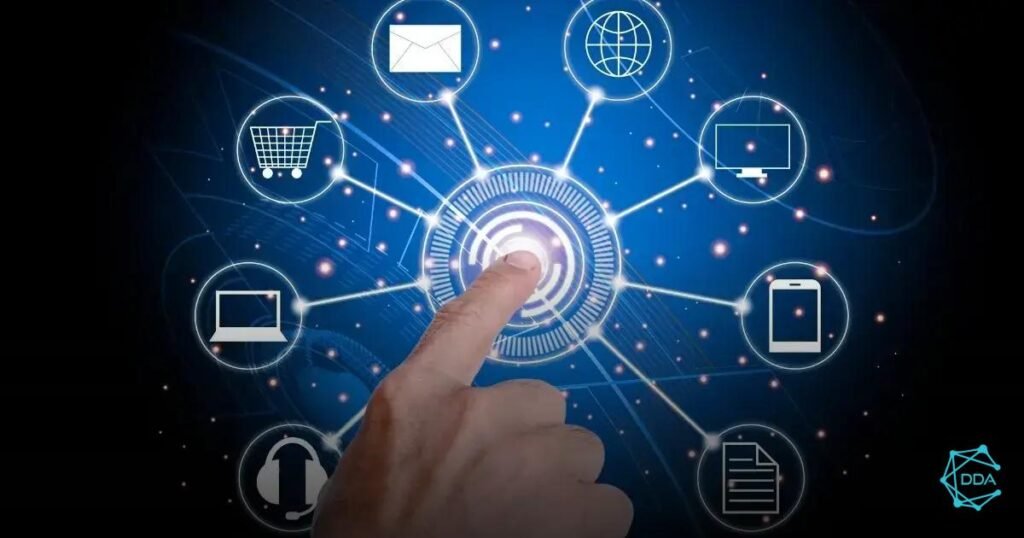Digital Dentistry Course
Welcome to our complete Digital Dentistry course, where you will learn all about how to use digital technology to improve your dental practice. In this course, we will cover all the concepts and techniques necessary for you to become an expert in digital dentistry.
What is Digital Dentistry?
Digital Dentistry is an area of dentistry that uses advanced digital technologies to improve dental diagnosis, planning and treatment. With the use of equipment such as intraoral scanners, 3D design software and 3D printers, it is possible to carry out more precise, faster and efficient procedures.
Benefits of Digital Dentistry
There are several benefits to using digital dentistry in clinical practice. One of the main ones is the improvement in diagnostic accuracy, allowing dental problems to be identified more efficiently. Furthermore, with the use of 3D design software, it is possible to plan personalized treatments and visualize the results even before carrying out the procedure.
Another important benefit is the reduction in treatment time. With the use of intraoral scanners, it is possible to eliminate conventional impressions, which are often uncomfortable for patients. Furthermore, the use of 3D printers allows the manufacture of dental prosthetics more quickly and precisely.
Course content
The Digital Dentistry course will be divided into several units, covering the main topics related to this area. Among the contents to be covered, the following stand out:
1. Introduction to Digital Dentistry
In this unit, we will present an overview of digital dentistry, covering its main concepts and their applications in dental practice.
2. Intraoral Scanning
In this unit, we will learn about the use of intraoral scanners, which allow us to scan the patient's mouth quickly and accurately. We will also cover the different types of scanners available on the market.
3. Digital Planning
In this unit, we will explore 3D design software used in digital planning of dental treatments. We will see how to create digital models of teeth and use simulation tools to plan procedures.
4. 3D printing
In this unit, we will address the use of 3D printers in digital dentistry. We will see how to use these machines to produce dental prosthetics, surgical guides and other devices.
5. Clinical Cases
In this unit, we will analyze several clinical cases to illustrate the practical application of digital dentistry. We will see how to use the tools and techniques learned throughout the course to solve complex dental problems.
6. Ethical and Legal Aspects
In this unit, we will discuss the ethical and legal aspects related to digital dentistry. We will cover topics such as patient privacy, data protection and professional responsibility.
Necessary tools and equipment
To complete the Digital Dentistry course, it is necessary to have access to certain tools and equipment. Among the main ones, the following stand out:
- Intraoral scanner
- 3D design software
- 3d printer
- Computer with compatible operating system
It is important to highlight that specifications may vary according to the needs of each professional or clinic.
Conclusion
The Digital Dentistry course is an excellent opportunity for you to delve deeper into this promising area of dentistry. By mastering the techniques and concepts of digital dentistry, you will be able to offer more precise, efficient and comfortable treatments to your patients. Don't forget to take advantage of this opportunity for professional development and stand out in the market!


